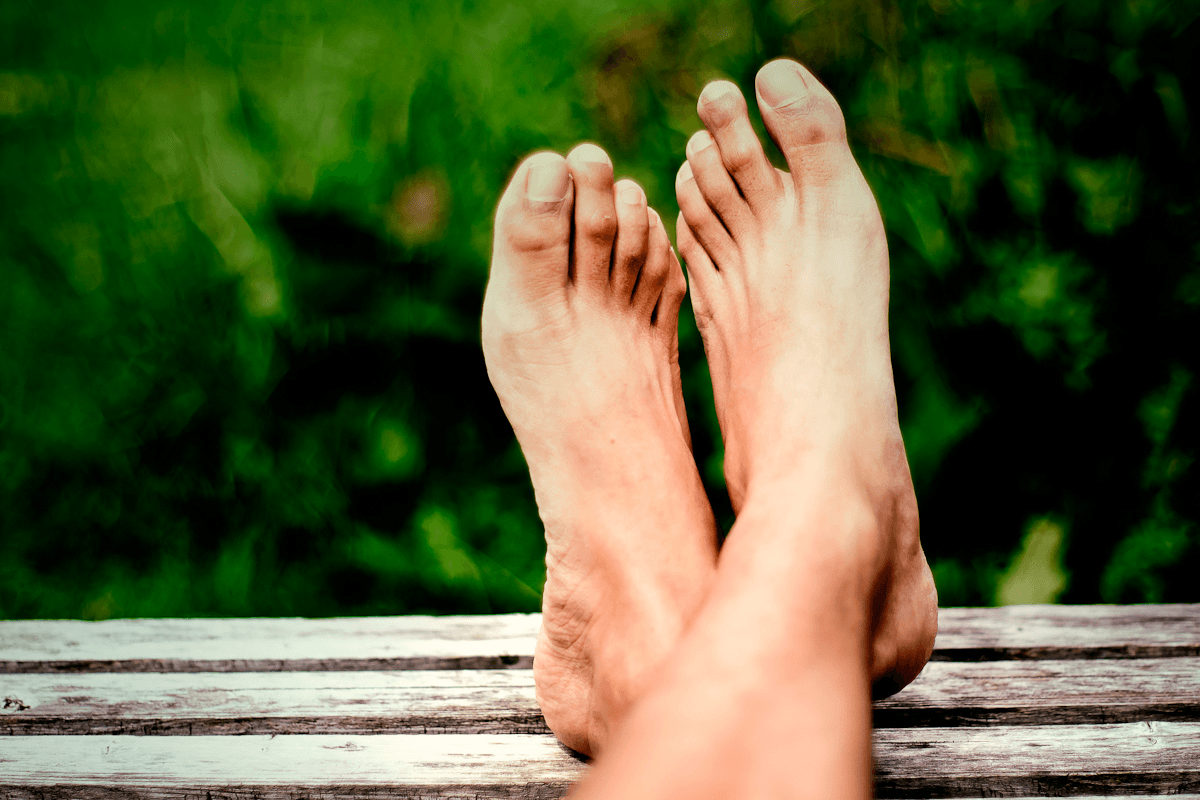Did you know that ankle sprains are so common that 25,000 people experience it every day? You’ve likely experienced one before; I know I have. I vividly remember being unable to put my full weight on my ankle, struggling to put my shoes on, wrapping ice around it, and limping around for a few days. An ankle sprain can affect everybody, regardless if you play a sport, so if it happens, be ready and informed.
An ankle sprain can occur when stepping down at unevenly at an angle. This causes the foot to roll and turn beyond its natural limit, thus spraining your ankle ligaments. The purpose of these ligaments is to hold the ankle bones and joint together. While ligaments can stretch, they can tear instead if stretched past their limit. The three types of sprains are Grade 1, 2, and 3, with 1 being moderate and 3 being severe; the type is dependent on the amount of force applied to the ankle.
Image Source: SMC Images
Symptoms of an ankle sprain include pain and swelling of the ankle joint, difficulty walking, and stiffness. A full recovery usually takes about four to six weeks. Depending on the severity, crutches or cast boots may be needed. You should start the treatment process with RICE, which is a mnemonic for rest, ice, compression, and elevation. In rare and severe cases, X-rays and an MRI may be required to determine if surgery is needed. The two surgical options are arthroscopy, which involves looking for unwanted bone fragments or cartilage, and reconstruction, which repairs the torn ligament using stitches or sutures.
Prevention techniques for an ankle sprain are to improve strength, balance, and flexibility of the muscles and joints. This includes warming up and stretching before exercising. Paying careful attention to where you walk or run is important to avoid stepping on uneven surfaces. Wearing shoes that fit well and give good support will also help.
An ankle sprain can happen to anyone at any unfortunate moment while walking, exercising, or playing sports. The important thing to keep in mind is to rest and recover fully to avoid any chronic ankle issues in the future.
Feature Image Source: feet by Charli Lopez










